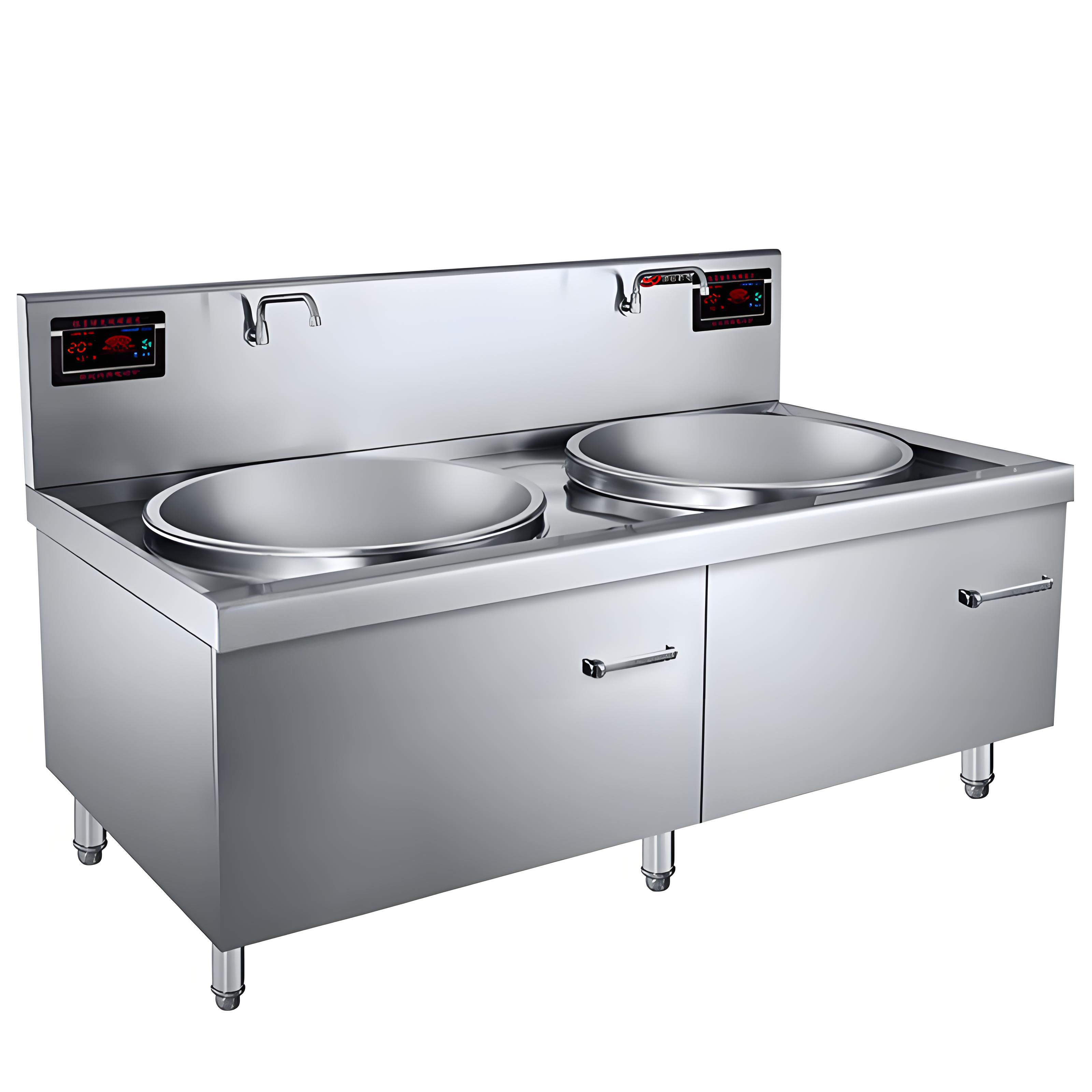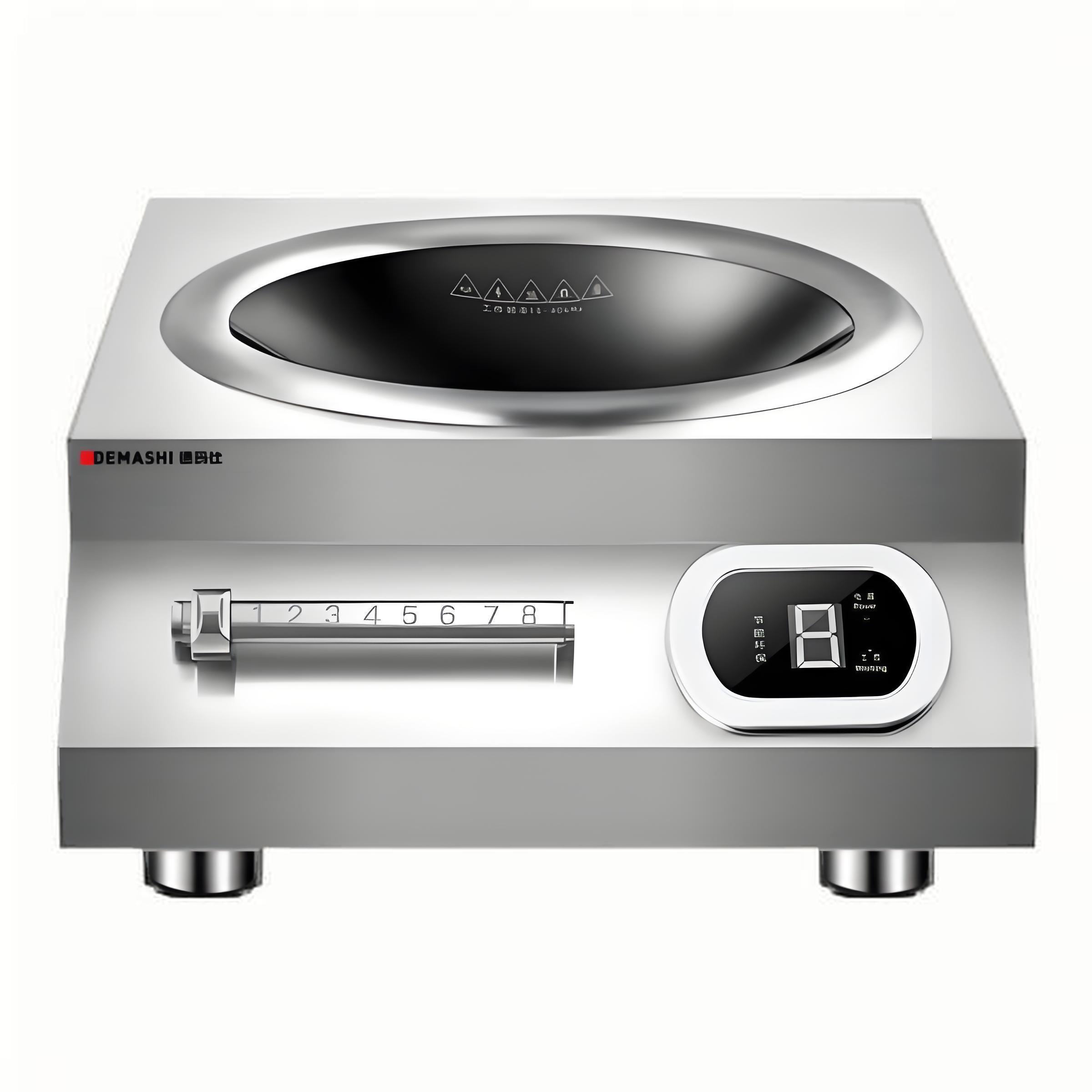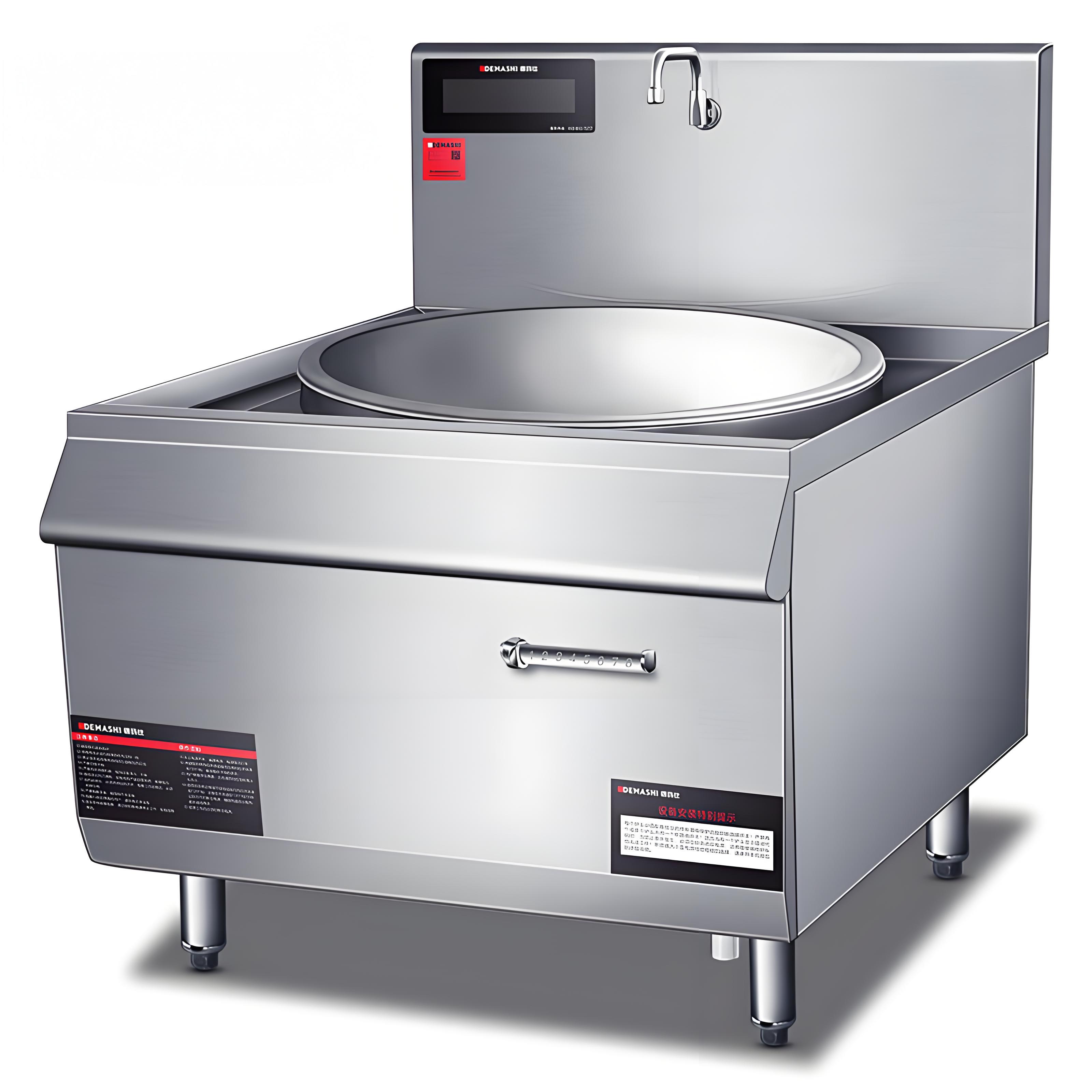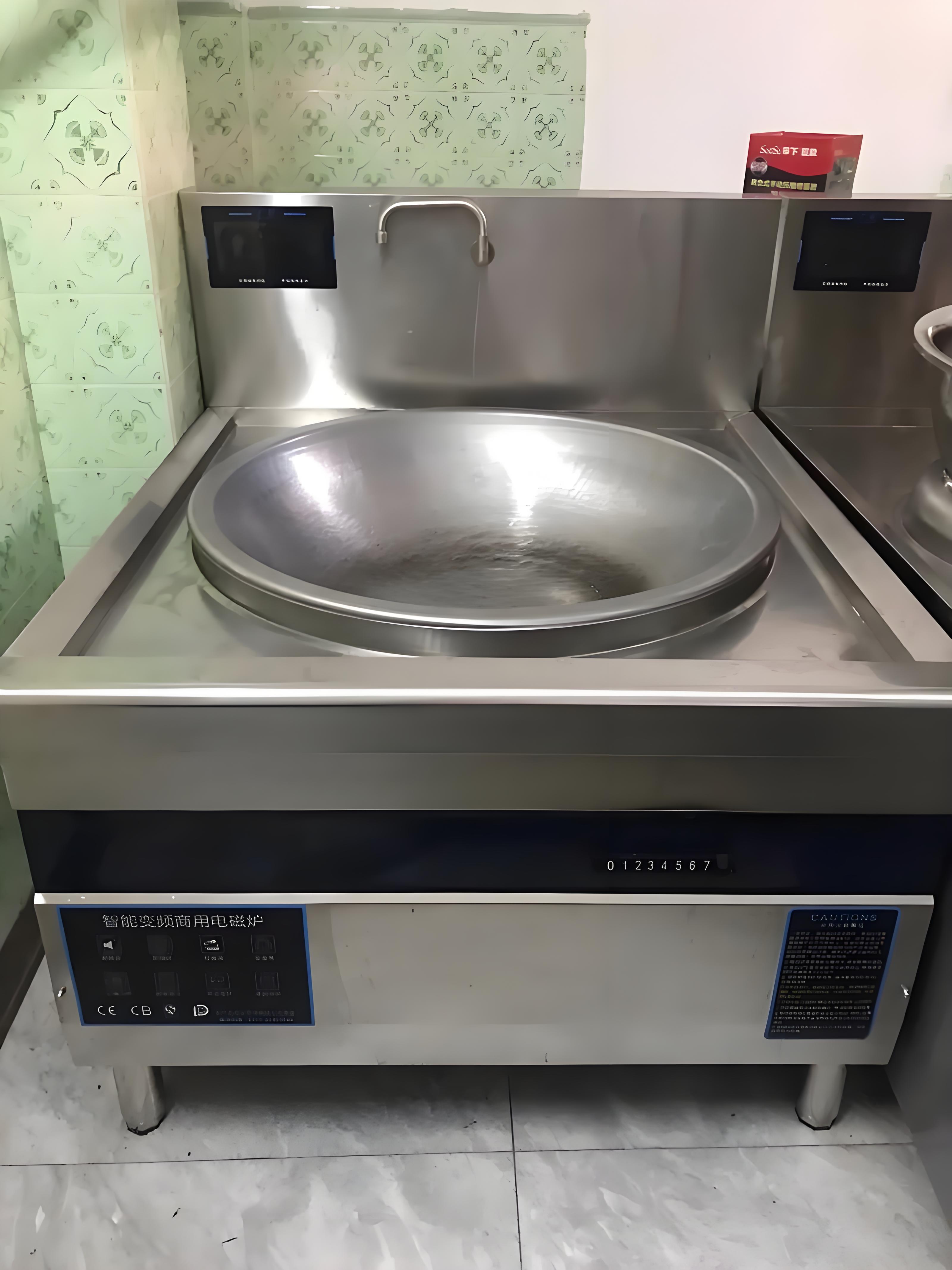Running a busy kitchen for years has taught me that keeping equipment in top shape is as crucial as perfecting a recipe. Among the workhorses of a commercial kitchen, the commercial induction cooktop stands out for its speed, efficiency, and precision. But with heavy daily use—think sizzling stir-fries, simmering sauces, and the occasional spill—cleaning it properly is non-negotiable. A neglected cooktop can lead to performance issues, hygiene concerns, or even costly repairs. I’ve learned this the hard way, from scrubbing off stubborn grease to troubleshooting sensor problems caused by buildup. In this article, I’ll share my practical, step-by-step guide to daily cleaning of a commercial induction cooktop, along with tips to keep it gleaming and functioning like new. Whether you’re a restaurant owner or a chef, this guide will help you maintain your cooktop with ease.
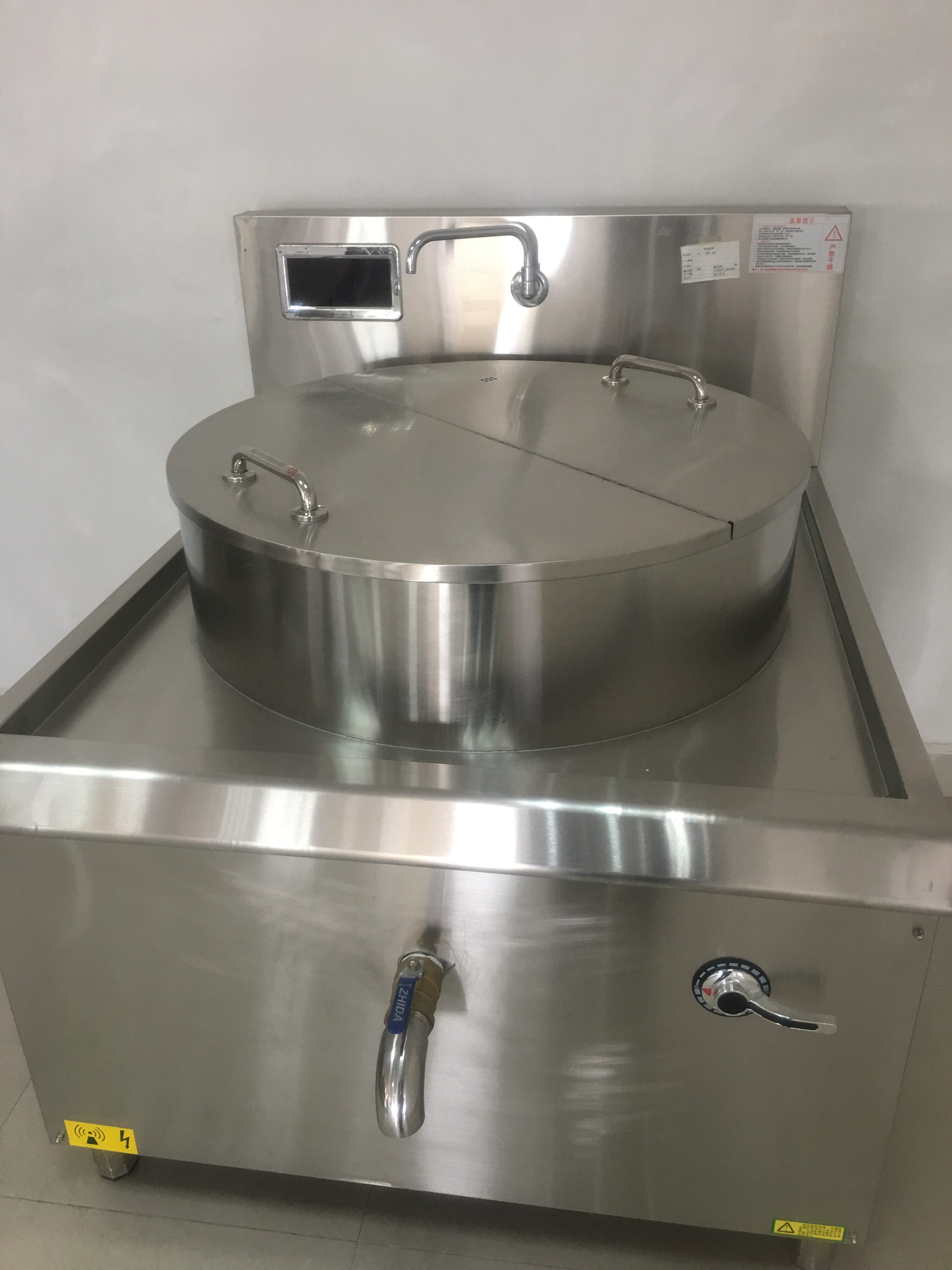
Why Daily Cleaning Matters for Commercial Induction Cooktops
Before diving into the how-to, let’s talk about why daily cleaning is essential. Commercial induction cooktops are built to handle high-volume cooking, but their glass-ceramic surfaces and sensitive sensors make them prone to issues if not maintained. Grease, food splatter, and spills can:
Interfere with Sensors: Buildup on the surface can disrupt the electromagnetic field, causing inconsistent heating.
Affect Hygiene: Food residue can harbor bacteria, a major concern in commercial kitchens where health codes are strict.
Reduce Lifespan: Neglect can lead to scratches, stains, or damage to internal components, shortening the cooktop’s life.
Impact Appearance: A dirty cooktop looks unprofessional and can turn off customers in open kitchens.
I’ve seen kitchens where a lack of daily cleaning turned a shiny induction cooktop into a dull, grease-caked mess, affecting both performance and customer perception. Regular cleaning not only keeps your cooktop in top condition but also ensures food safety and a polished kitchen environment.
Step-by-Step Guide to Daily Cleaning
Here’s my tried-and-true method for cleaning a commercial induction cooktop daily. This process is designed to be quick yet thorough, fitting into the fast-paced rhythm of a commercial kitchen.
Step 1: Turn Off and Cool Down
Safety first! Always ensure the cooktop is turned off and completely cool before cleaning. Commercial induction cooktops can retain heat, especially after heavy use, and cleaning a hot surface can damage the glass or cause burns.
How to do it: Switch off the cooktop and unplug it if possible. Wait at least 15-20 minutes after use to ensure it’s cool to the touch.
Pro tip: Use this time to prep other cleaning tasks, like wiping down counters, to keep your workflow efficient.
Step 2: Remove Loose Debris
Start by clearing any loose food particles, crumbs, or spills from the surface. This prevents scratching the glass during deeper cleaning.
How to do it: Use a dry, soft microfiber cloth or a soft-bristled brush to gently sweep debris into a trash bin. Avoid using abrasive tools like steel wool, which can scratch the surface.
Pro tip: Keep a small brush dedicated to this task near the cooktop for quick access during busy shifts.
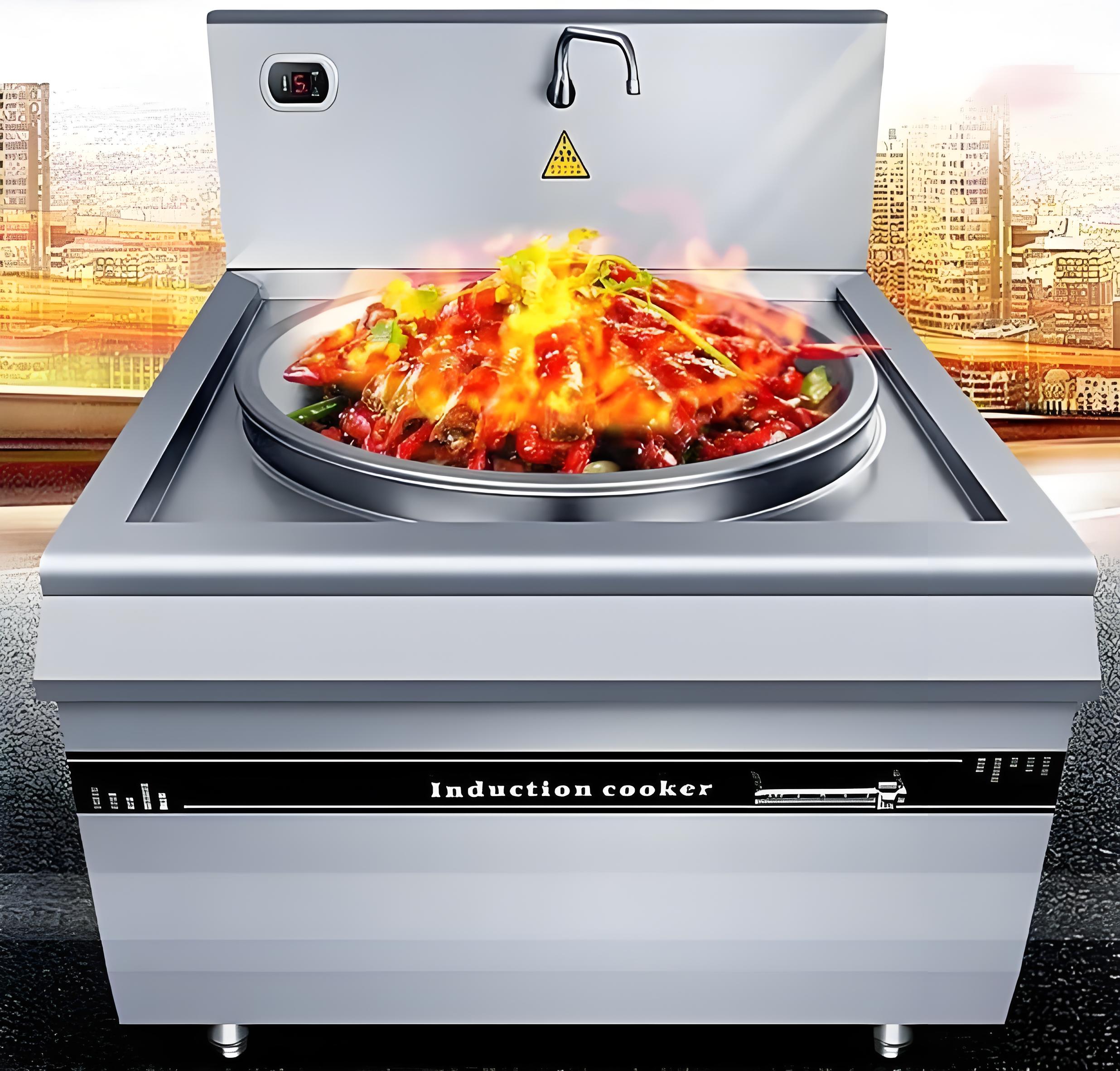
Step 3: Wipe with a Damp Cloth
Next, tackle light grease and residue with a damp cloth. This step removes most daily grime without harsh chemicals.
How to do it: Dampen a microfiber cloth with warm water and a few drops of mild dish soap. Wipe the entire surface in circular motions, focusing on areas with visible grease or splatter. Rinse the cloth frequently to avoid spreading grime.
Pro tip: For stubborn spots, let the soapy water sit for 1-2 minutes to loosen the residue before wiping.
Step 4: Address Stubborn Stains
In a commercial kitchen, spills like oil, sauces, or burnt-on food are common. These require a bit more effort but can be handled without damaging the cooktop.
How to do it: For tough stains, apply a small amount of white vinegar or a specialized induction cooktop cleaner to the affected area. Let it sit for 2-3 minutes, then gently scrub with a non-abrasive sponge or cloth. For burnt-on residue, use a plastic scraper at a 45-degree angle to avoid scratching.
Pro tip: Avoid metal scrapers or abrasive pads, as they can leave permanent marks on the glass-ceramic surface.
Step 5: Dry and Polish
To prevent streaks or water spots, dry the cooktop thoroughly and polish it for a professional finish.
How to do it: Use a clean, dry microfiber cloth to wipe down the surface, ensuring no moisture remains. For extra shine, buff with a separate dry cloth.
Pro tip: Polish in small, circular motions to achieve a streak-free finish, especially in open kitchens where appearance matters.
Step 6: Clean the Control Panel
The control panel is often overlooked but can accumulate grease and fingerprints, affecting its responsiveness.
How to do it: Use a slightly damp cloth with water or a mild cleaner to gently wipe the control panel. Avoid soaking it, as excess moisture can damage electronics.
Pro tip: If the panel is touch-sensitive, lock the controls (check your manual) to prevent accidental activation during cleaning.
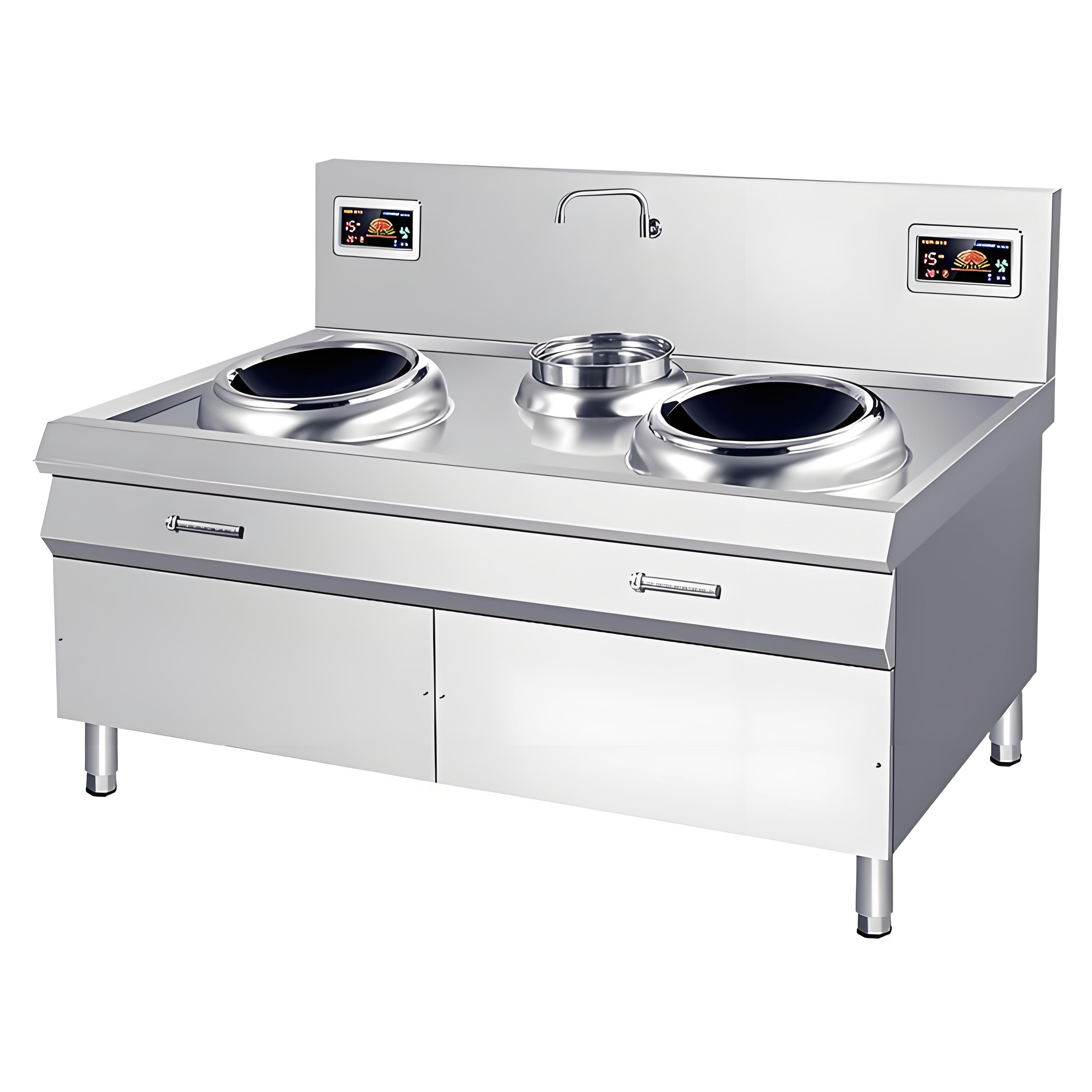
Step 7: Inspect and Maintain Ventilation
Commercial induction cooktops rely on ventilation to prevent overheating. Dust or grease in the vents can reduce efficiency and cause performance issues.
How to do it: Check the vents (usually on the sides or bottom) for dust or grease buildup. Use a dry brush or compressed air to clear debris. Wipe the vent area with a damp cloth if needed.
Pro tip: Schedule a deeper vent cleaning monthly to ensure optimal airflow.
Comparison of Cleaning Methods for Common Issues
To make cleaning easier, here’s a table summarizing the best methods for common cooktop issues, based on my experience:
| Issue | Cleaning Method | Tools Needed | Frequency |
|---|---|---|---|
| Light Grease/Splatter | Warm water + mild dish soap | Microfiber cloth | Daily |
| Stubborn Stains | White vinegar or cooktop cleaner | Non-abrasive sponge, cloth | As needed (1-2x/week) |
| Burnt-On Food | Vinegar + plastic scraper | Plastic scraper, cloth | As needed |
| Control Panel Grime | Damp cloth with water or mild cleaner | Microfiber cloth | Daily |
| Vent Dust/Grease | Dry brush or compressed air | Brush, compressed air can | Weekly/Monthly |
Additional Tips for Effective Cleaning
Beyond the daily routine, here are some practical tips I’ve picked up to keep your commercial induction cooktop in top shape:
Use the Right Tools: Stick to microfiber cloths, non-abrasive sponges, and plastic scrapers. I keep a dedicated cleaning kit near my cooktop to streamline the process.
Avoid Harsh Chemicals: Bleach, ammonia, or abrasive cleaners can damage the glass-ceramic surface or leave toxic residues. Stick to mild dish soap, vinegar, or specialized cleaners.
Clean Spills Immediately: If a spill occurs during cooking, wipe it up as soon as the cooktop cools to prevent hardening. I’ve learned that a quick wipe saves hours of scrubbing later.
Train Your Staff: In a commercial kitchen, consistency is key. Train your team on proper cleaning techniques to ensure everyone follows the same protocol.
Schedule Deep Cleaning: While daily cleaning handles most issues, schedule a weekly or monthly deep clean to address vents, edges, and hard-to-reach areas.
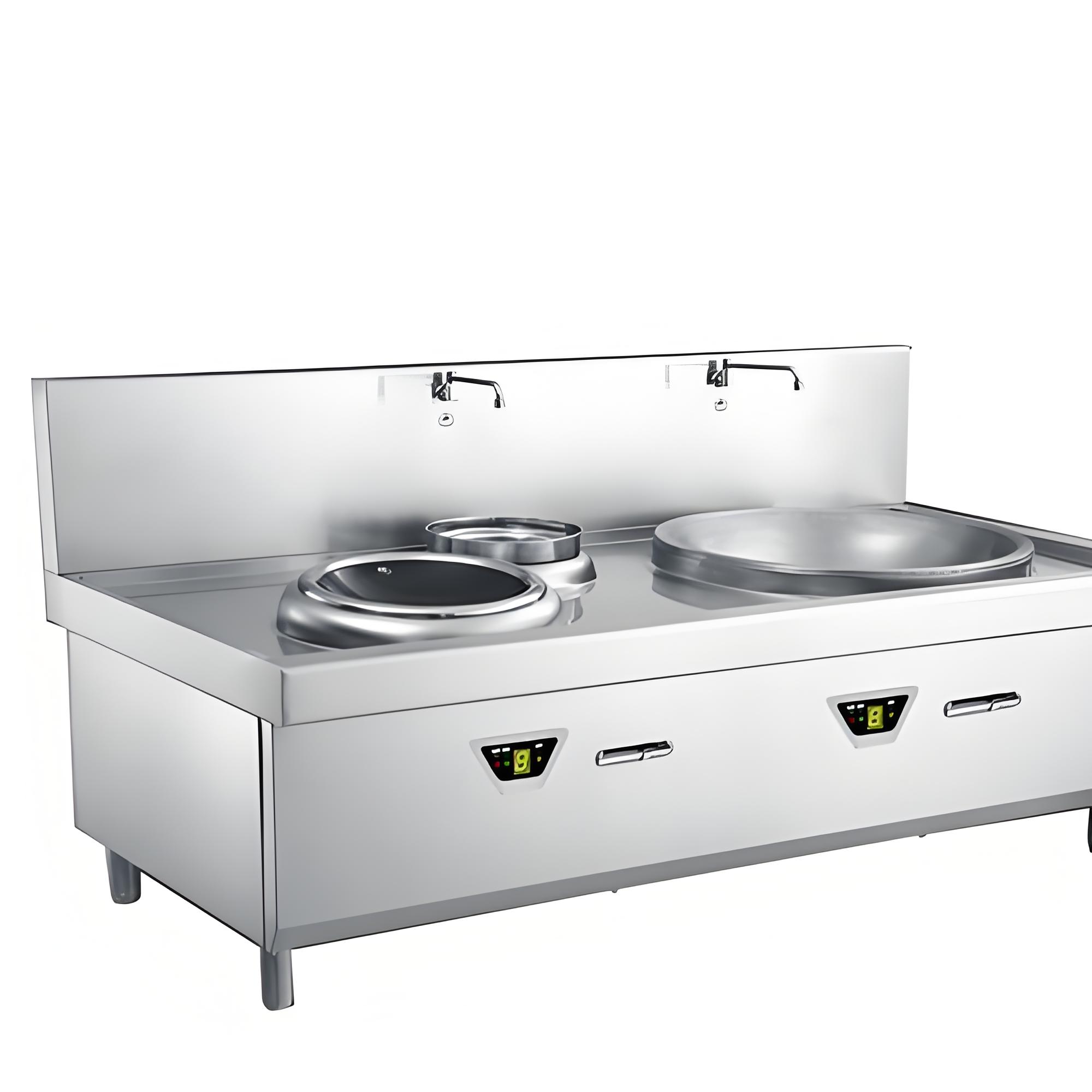
My Personal Experience with Commercial Induction Cooktop Cleaning
Running a small catering business a few years back, I relied heavily on a commercial induction cooktop to churn out dishes for events. One busy night, I noticed the cooktop wasn’t heating evenly, and it turned out grease buildup was interfering with the sensors. After a thorough cleaning with vinegar and a microfiber cloth, it was back to performing like a champ. Another time, a staff member used a metal scrubber on the surface, leaving faint scratches that dulled the finish. That taught me to be strict about using non-abrasive tools and training everyone in the kitchen.
From these experiences, I’ve learned that a consistent daily cleaning routine is the secret to keeping a commercial induction cooktop in peak condition. It’s not just about aesthetics—clean equipment performs better and lasts longer, saving you money in the long run.
Common Mistakes to Avoid
Here are some pitfalls I’ve seen (and sometimes made) when cleaning commercial induction cooktops:
Using Abrasive Tools: Steel wool or metal scrapers can scratch the glass, affecting both appearance and sensor function.
Cleaning While Hot: This can damage the surface or cause burns. Always let the cooktop cool completely.
Overusing Water: Excess moisture can seep into the control panel or vents, damaging electronics.
Ignoring Vents: Blocked vents can lead to overheating, reducing efficiency and lifespan.
Skipping Daily Cleaning: Even one day of neglect can lead to stubborn buildup, making future cleaning harder.
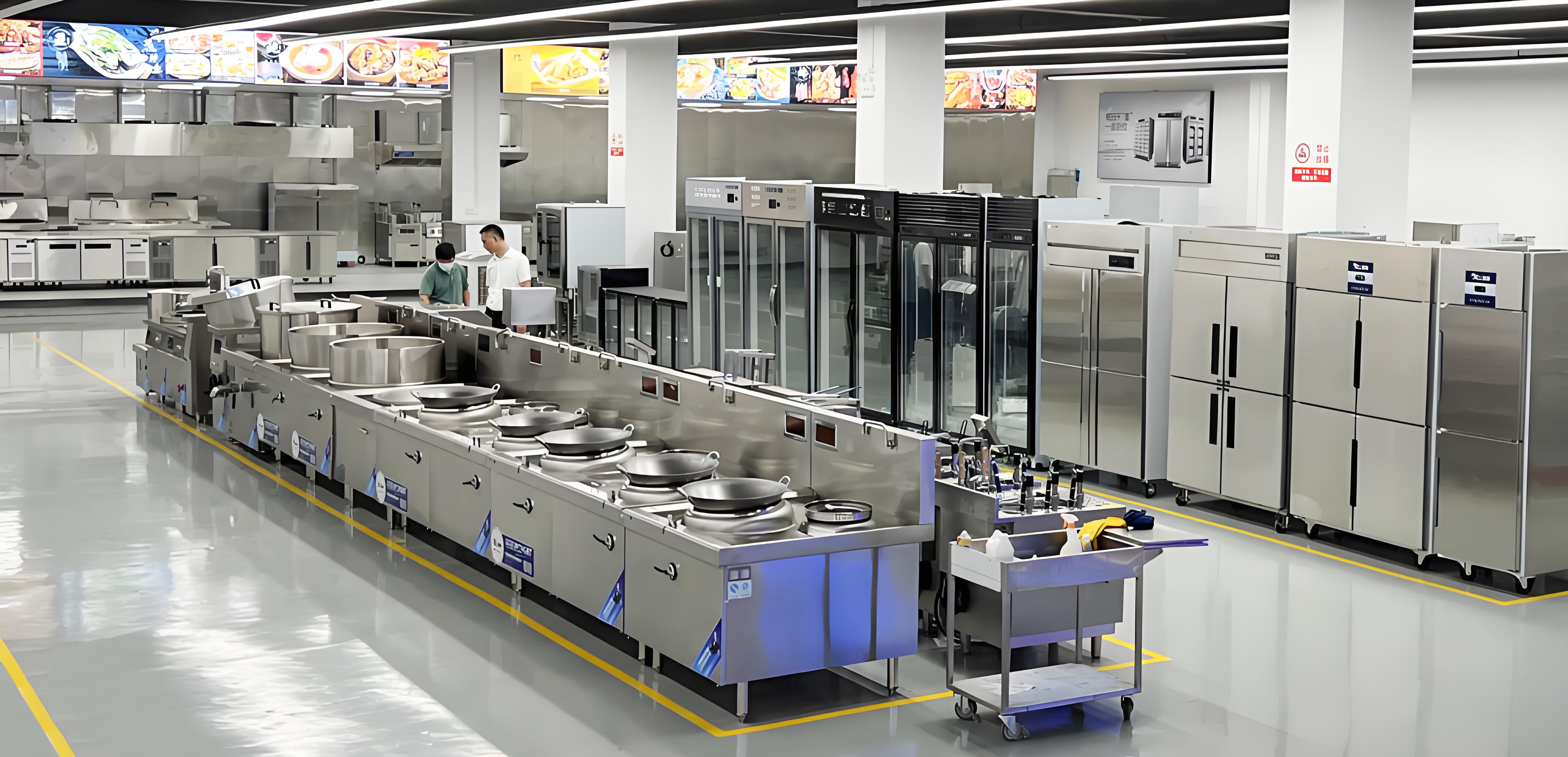
When to Seek Professional Maintenance
While daily cleaning handles most issues, some situations call for professional help:
Persistent Sensor Issues: If the cooktop doesn’t detect cookware or shows error codes despite a clean surface, the sensors may need repair.
Visible Damage: Cracks or chips in the glass require professional assessment to prevent further damage.
Electrical Problems: Flickering lights or power issues suggest wiring problems that need an electrician’s expertise.
Deep Cleaning Needs: For heavy grease buildup in vents or internal components, a technician can perform a thorough service.
Check your cooktop’s warranty and manual for maintenance guidelines. In my experience, most issues can be prevented with diligent daily cleaning, but don’t hesitate to call a pro for complex problems.
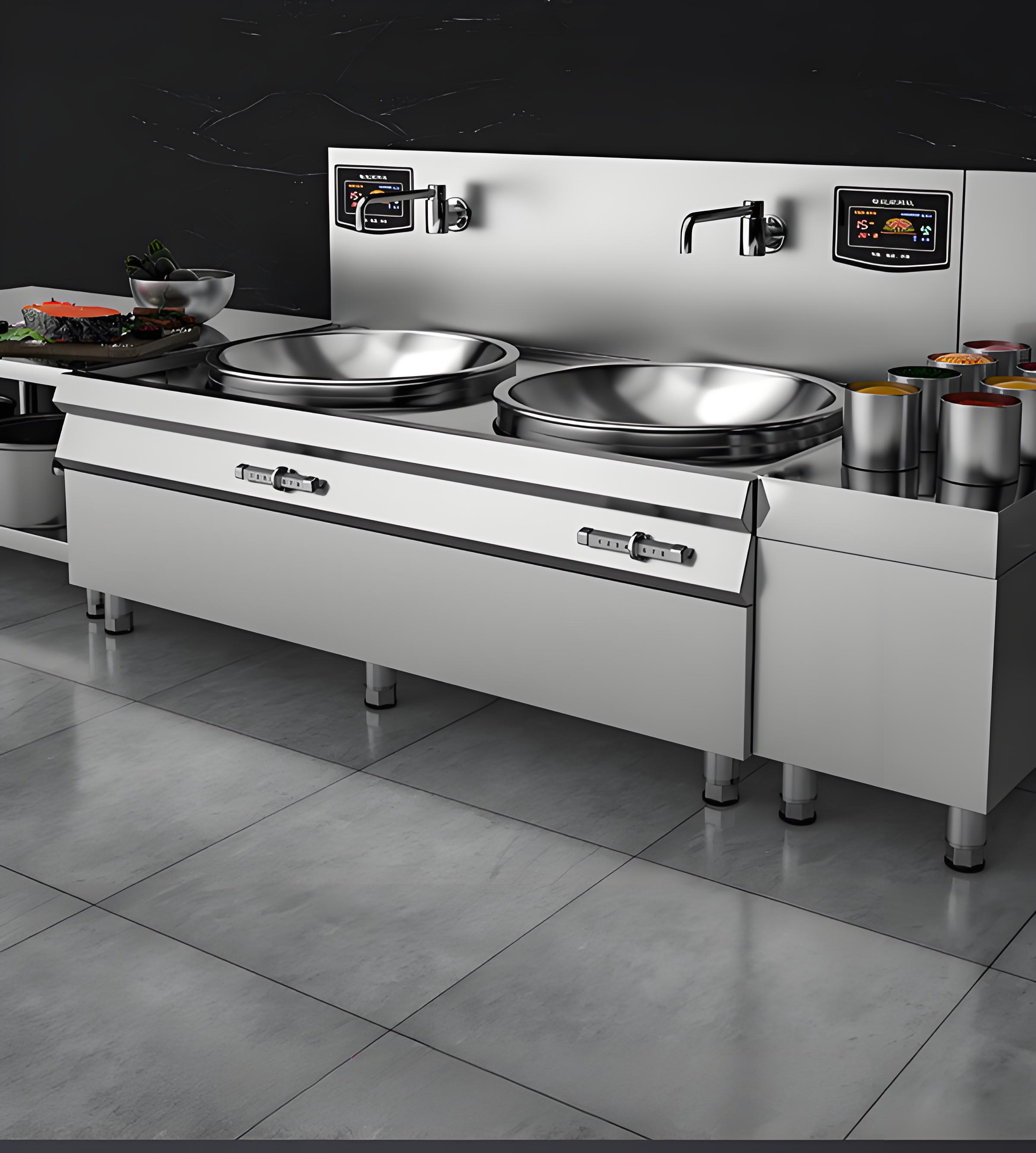
Frequently Asked Questions
To wrap up, here are answers to common questions about cleaning commercial induction cooktops, based on my experience:
1. Can I use regular glass cleaner on my induction cooktop?
Avoid glass cleaners with ammonia or alcohol, as they can damage the surface or leave residues. Use mild dish soap, white vinegar, or a specialized induction cooktop cleaner.
2. How do I remove burnt-on food without scratching the surface?
Apply white vinegar, let it sit for 2-3 minutes, and use a plastic scraper at a 45-degree angle. Follow with a microfiber cloth to polish.
3. How often should I clean the vents?
Wipe vent areas weekly with a damp cloth and use a dry brush or compressed air monthly to clear dust or grease.
4. What if my cooktop still looks streaky after cleaning?
Streaks are often caused by residual soap or moisture. Dry thoroughly with a clean microfiber cloth and buff in circular motions for a streak-free finish.
5. Can I clean the cooktop during a busy shift?
For quick spot-cleaning, wipe spills with a damp cloth as soon as the surface cools. Save thorough cleaning for the end of the shift to avoid disrupting workflow.
Final Thoughts
Keeping a commercial induction cooktop clean daily is essential for performance, hygiene, and longevity in a busy kitchen. By following a simple routine—cooling the cooktop, removing debris, wiping with a damp cloth, addressing stains, and polishing—you can keep it in pristine condition without much hassle. My years in the kitchen have shown me that a little care goes a long way, saving you from costly repairs and ensuring your cooktop performs at its best. I hope this guide makes your cleaning routine smoother and helps you maintain a sparkling, efficient kitchen. If you have more questions or need specific tips, feel free to ask—I’m always happy to share my kitchen know-how!
